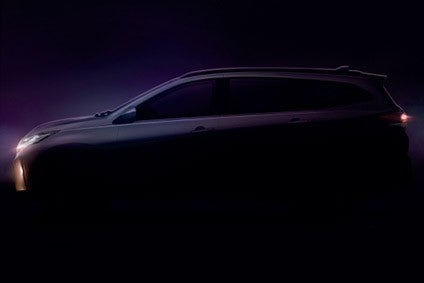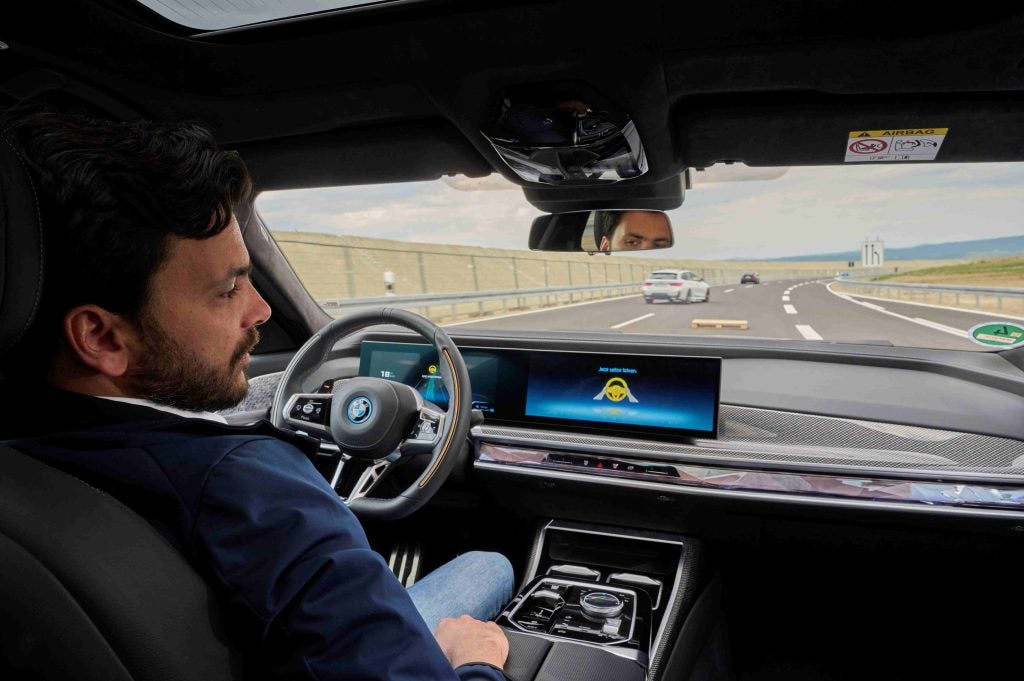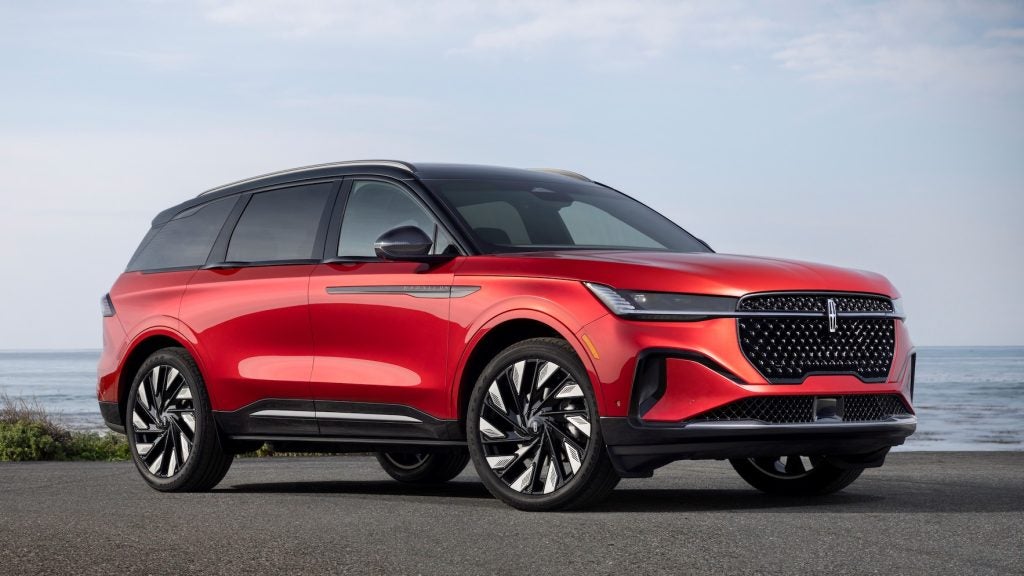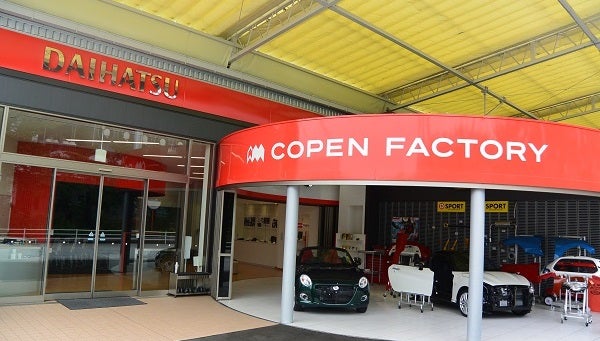
The latest in a series of articles which looks into the future model plans of TMC’s divisions follows a recent look at what’s coming for the Toyota and Lexus brands. Now it’s the turn of Daihatsu under the spotlight as well as Perodua, a firm in which it holds a minority stake and which bases its vehicles on Daihatsu designs.
Perodua
It might be a small brand but Perodua is firmly in control of its home market, year to date sales in Malaysia closing November at close to the half-million mark. The local brand has had a strong 2018, its share of the total now sitting just above 40 per cent. This the firm has achieved with only four vehicles. All are assembled at Perodua’s plant in Rawang.
The oldest of the existing four is the Alza. This MPV is a version of the former Toyota Passo Sette/Daihatsu Boon Luminas twins. It replaced the Rusa nine years ago. The successor is now only weeks away (see image). This should be closely based on the latest generation of the Toyota Rush and Daihatsu Terios twins which were launched in 2017.
Of the remaining three Perodua models, the Axia, a small five-door hatchback, dates to 2014 and is due to be facelifted in 2019 and replaced in 2022. The Bezza is a sedan version of the Axia and should have the same changes next year, with its successor also being three years away. The Myvi, meanwhile, is the company’s youngest vehicle. It was announced by Perodua in November 2017. Like the previous model, it is based on the Daihatsu Boon. There should be a facelift in 2020 and a replacement in 2023.
Daihatsu
How well do you really know your competitors?
Access the most comprehensive Company Profiles on the market, powered by GlobalData. Save hours of research. Gain competitive edge.

Thank you!
Your download email will arrive shortly
Not ready to buy yet? Download a free sample
We are confident about the unique quality of our Company Profiles. However, we want you to make the most beneficial decision for your business, so we offer a free sample that you can download by submitting the below form
By GlobalDataThe majority of Daihatsu’s home market sales are of Kei models. These mini-vehicles are the reason for the brand’s strong position in Japan, where, at the end of November, it had a 12.4 per cent market share and sales of 598,038, having delivered some 20,000 more cars than Nissan (579,145), giving it fourth position behind Suzuki (663,113), Honda (693,439) and Toyota (1,398,701). Such is its reliance on the 660cc segment that only two cars, the Thor and Boon, made the top 50 sales chart for non-Kei models.
The Wake is a tall Kei-class mini-vehicle. It was launched in Japan in November 2014 and is based on the Deca Deca concept from the 2013 Tokyo motor show. A facelifted Wake was announced in May 2016. The Toyota Pixis Mega is a version of this vehicle. Expect replacements for both to be launched within the coming months.
Another Kei model is the Mira e:S. This replacement for the model of the same name was released in 2017. It was previewed by the D-base, a concept which had its world premiere at October 2015’s Tokyo motor show. The little five-door hatchback should be facelifted in 2020 and replaced in 2023. That car will probably be based on an update of DNGA (Daihatsu New Global Architecture).
The Cast, now three years old, will likely be unchanged until its replacement arrives in 2021. This tiny SUV and and Cast Activa derivative are rivals for Suzuki’s Hustler. Daihatsu builds a version of the Cast for supply to several of Toyota’s domestic market dealerships. This model, the Toyota Pixis Joy, went on sale in Japan in August 2016.
It’s hard to believe that the second generation Copen, a tiny roadster, is now more than four years old. Production of this car is on what was a new line within the Ikeda 2 plant, with this part of the Japanese plant having been renamed ‘Copen Factory’. This line has an annual capacity of 20,000 units. The car should be updated next year and replaced in 2022.
Indonesia is another major market for Daihatsu, and many of the models built and sold there differ from vehicles available in Japan. Mostly, they use less sophisticated body-on-frame architectures. Examples include the Terios, a small SUV. Previewed by the DN Multisix, a concept which premiered at the 2017 Jakarta motor show, the latest generation Terios has been manufactured at the Sunter plant for just over a year now. It is due for a facelift in 2021, another in 2024 and then to be replaced in 2027.
The Sunter plant also makes front-wheel drive monocoque architecture models. The Sigra is in that category. This 4,070mm long MPV competes in the same size class as the Datsun Go+ Panca. Its public debut was at the 2016 Jakarta motor show. The Toyota Calya is more or less the same vehicle as the little Daihatsu people mover.
A large MPV might well be under development. The potential styling for such a model was displayed for the first time at the Jakarta motor show in August 2017. The concept in question was called DN Multisix, a six-seater minivan-crossover. A production model would likely be manufactured in Indonesia and be positioned above the Sigra and Xenia.
Recent reports for many other manufacturers’ future models are grouped in the OEM product strategy summaries section of just-auto.com.
Future product program intelligence
More detail on past, current and forthcoming Toyota Motor Corporation models as well as additional Daihatsu vehicles which are not in the feature above can be found in PLDB, the future vehicles database which is part of QUBE.
Honda Motor will be the next OEM in the future model plans series.







